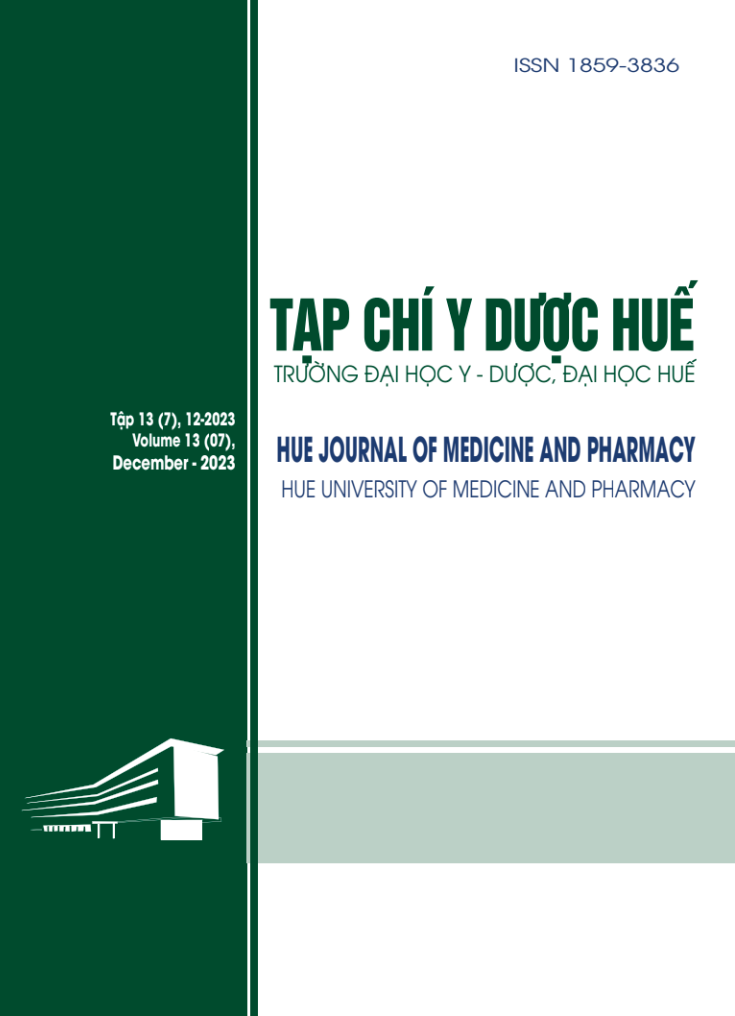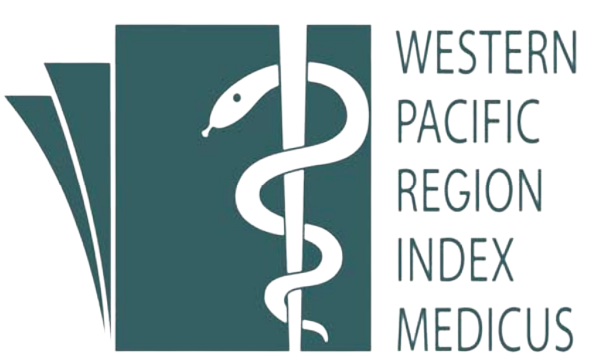Tóm tắt
Đặt vấn đề: Sỏi đường mật trong gan và sỏi ống mật chủ là bệnh phổ biến tại Việt Nam. Các phương pháp phẫu thuật có tỷ lệ sót sỏi đường mật trong gan cao và kém hiệu quả với sỏi trong gan và trường hợp có hẹp đường mật, trong khi lấy sỏi ngược dòng qua nội soi tiêu hoá (ERCP) thường chỉ áp dụng với sỏi nhỏ và tồn tại nhược điểm như phải cắt cơ thắt oddi hay có tỷ lệ khoảng 5% gây viêm tuỵ cấp. Ngày nay, kỹ thuật điều trị ít xâm lấn là xu hướng. Tán sỏi mật qua da qua nhu mô gan dưới hướng dẫn của fluoroscopy (máy can thiệp mạch) (TSQD) là phương pháp được cải tiến bằng sử dụng laser Holmium cho năng lượng phá sỏi mạnh và khu trú, đồng thời đường hầm tiếp cận sỏi kích thước nhỏ (16F) giúp tránh phẫu thuật mổ mở và tăng khả năng sạch sỏi đặc biệt với sỏi nằm ở các nhánh đường mật trong gan. Với lý do đó, chúng tôi nghiên cứu (NC) đánh giá hiệu quả điều trị và các biến chứng sớm của kỹ thuật TSQD sử dụng laser Holmium. Đối tượng và phương pháp nghiên cứu: NC thực hiện trong nhóm 38 bệnh nhân (BN) có sỏi đường mật trong gan (ĐMTG) và/hoặc ống mật chủ (OMC), được chẩn đoán và điều trị bằng kỹ thuật TSQD tại Bệnh viện Đại học Y Hà Nội từ tháng 07/2018 đến tháng 12/2019. Tán sỏi 1 thì áp dụng với các bệnh nhân không có biến chứng nhiễm trùng đường mật, thể trạng tốt và sỏi số lượng ít. Các trường hợp còn lại được dẫn lưu và tán sỏi sau khi hết nhiễm trùng (tán sỏi 2 thì). Các bệnh nhân được đánh giá trước, trong và sau can thiệp về các dấu hiệu lâm sàng, xét nghiệm và hình ảnh. Kết quả: Phương pháp TSQD bằng Laser Holmium được thực hiện trên nhóm BN có sỏi OMC chiếm 28,9%; sỏi ĐMTG đơn thuần và sỏi phối hợp trong và ngoài gan chiếm 71,1%. Tán sỏi 1 thì áp dụng với 26,3% các trường hợp không nhiễm trùng, sỏi ít, khu trú. Can thiệp tán sỏi 2 thì áp dụng chủ yếu với 73,7% các trường hợp có nhiễm trùng đường mật, sỏi nhiều và thể trạng bệnh nhân kém. Phương tiện tán sỏi sử dụng laser đơn thuần áp dụng đối với trường hợp đơn giản (23,7%) hoặc sử dụng laser phối hợp lấy sỏi bằng rọ, bóng đẩy sỏi đối với trường hợp phức tạp (76,3%). Kết quả chung tỷ lệ sạch sỏi hoàn toàn đạt 84,2%. Tán sỏi qua da bằng laser là phương pháp an toàn, biến chứng có thể gặp là nhiễm trùng huyết (7,8%), tụ dịch trong gan (2,6%). Chảy máu đường mật, hay các biến chứng nặng hơn, tử vong chưa gặp trong nghiên cứu này. Kết luận: Phương pháp tán sỏi mật qua da qua nhu mô gan bằng Laser Holmium dưới hướng dẫn của fluoroscopy là phương pháp can thiệp tối thiểu có tỷ lệ lấy hết sỏi đường mật chính trong và ngoài gan cao, với tỷ lệ các biến chứng sớm thấp.| Đã xuất bản | 01-12-2023 | |
| Toàn văn |
|
|
| Ngôn ngữ |
|
|
| Số tạp chí | Tập 13 Số 7 (2023) | |
| Phân mục | Nghiên cứu | |
| DOI | 10.34071/jmp.2023.7.25 | |
| Từ khóa | intervention, biliary stone, percutaneous transhepatic holmium laser lithotripsy can thiệp, sỏi đường mật, tán sỏi mật qua da qua nhu mô gan. |

công trình này được cấp phép theo Creative Commons Attribution-phi thương mại-NoDerivatives 4.0 License International .
Bản quyền (c) 2023 Tạp chí Y Dược Huế
Lê, T. L., & Nguyễn, T. B. (2023). Mô tả hiệu quả điều trị và các biến chứng sớm của kỹ thuật tán sỏi mật qua da qua nhu mô gan bằng Laser Holmium dưới hướng dẫn của fluoroscopy. Tạp Chí Y Dược Huế, 13(7), 183. https://doi.org/10.34071/jmp.2023.7.25






